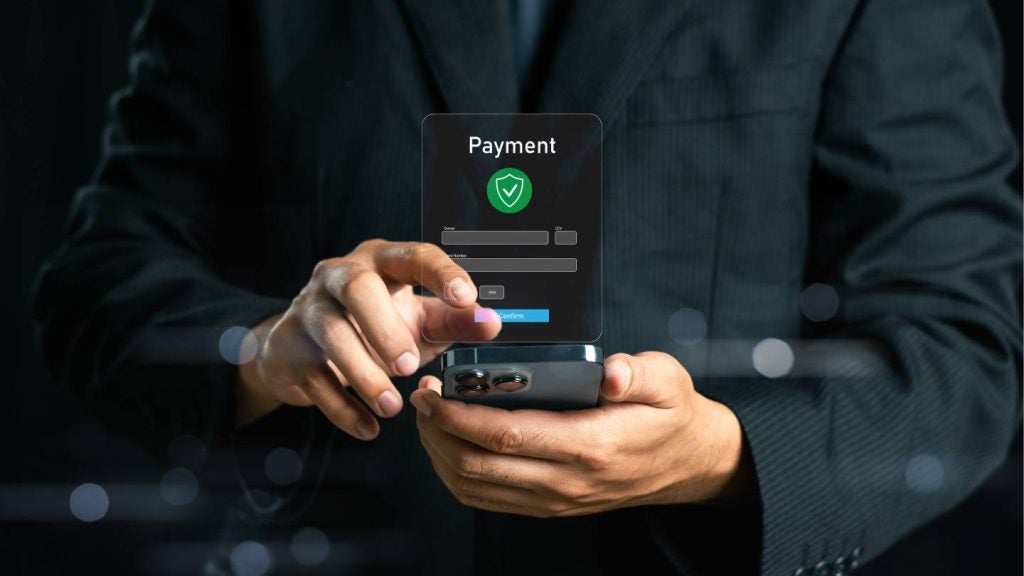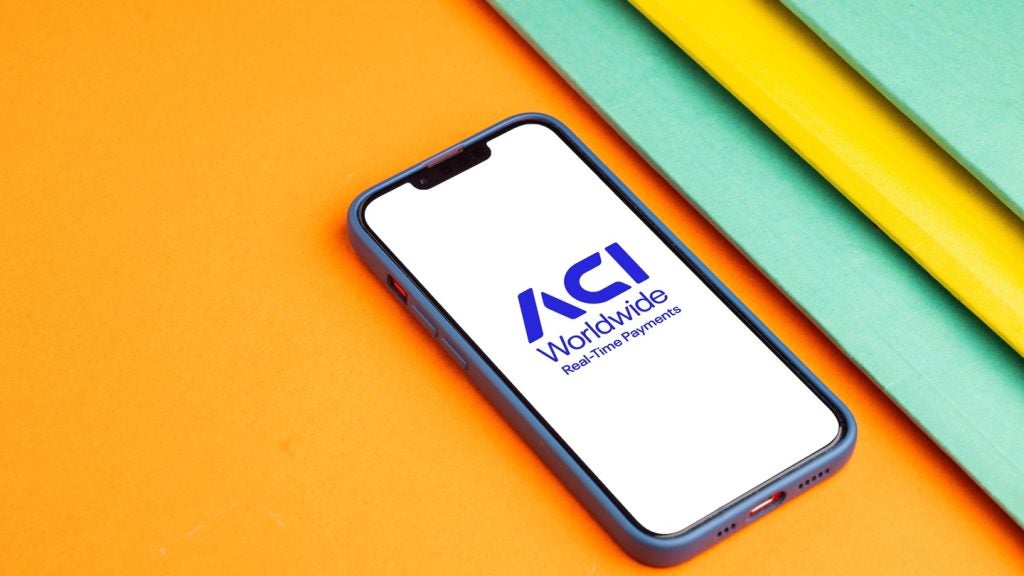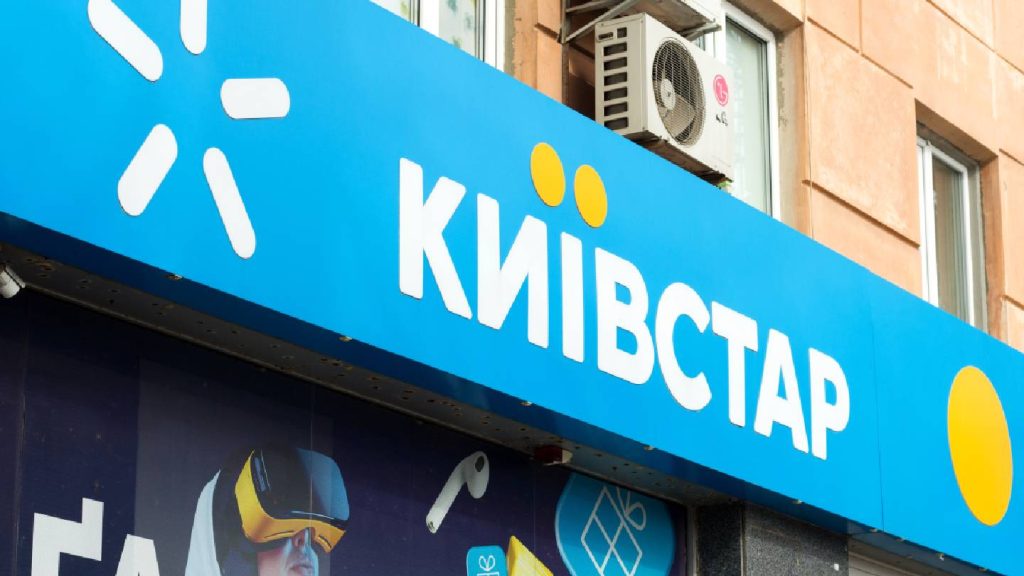large inseparable, providing what Visa Canada and MasterCard Canada
see as an opportunity for mobile phones equipped with near-field
communication (NFC) to become mobile wallets; replacing plastic
cards and cash, particularly for small-value purchases.
acceptance, told EPI the ability to make payments by waving a NFC
phone at a contactless card reader might particularly appeal to
younger consumers.
their cell phones for more than just calls, for example music
downloads and photos, is an encouraging sign for m-payments,” added
Zack Fuerstenberg, Visa Canada’s director of new channels.
Canada since national banks first became interested in wireless
technology around 2000. This makes it hard to predict how readily
consumers and banks will adopt NFC.
(BMO), CIBC, TD Canada Trust and Scotiabank, have yet to make any
announcements about NFC. As of October 2008, only Royal Bank of
Canada (RBC) and Citibank Canada are involved in NFC trials.
announce now,” said TD spokeswoman Kelly Hechler.
said: “NFC is something we are investigating, but we are not
currently involved in trials.”
ensuring that migration to EMV goes smoothly. An EMV trial is
taking place in Kitchener-Waterloo, Ontario, with financial
institutions aiming to have migrated the majority of Canada’s
cards, ATMs and POS terminals to EMV by 2012. Concurrently, many
issuers plan to offer a contactless capability on their
EMVcards.
contactless cards and readers is a necessary first step before
merchants can accept NFC payments. Eight out of the 12 Canadian
MasterCard credit card issuers have already started issuing PayPass
cards and 20 nationwide retailers have deployed PayPass readers,
Giles said.
although Visa will start rolling them out in the next few months.
So far, only TD is testing PayWave readers and contactless cards,
in a small pilot in Ontario. RBC also plans to start testing
contactless cards. Both RBC and TD intend to issue PayWave cards,
said Fuerstenberg.
M-banking

Access deeper industry intelligence
Experience unmatched clarity with a single platform that combines unique data, AI, and human expertise.
The first Canadian mobile banking services were launched in the
early part of this decade.
m-commerce in 2000,” said TowerGroup analyst Virginia Garcia. “But
the market was not ready; handsets were inadequate, and mobile
browser and text messaging speeds were too slow. Now the market is
much readier for m-commerce, handsets are better and network speeds
are faster.”
and TD offer mobile banking services. These enable customers to
transfer funds between accounts, pay bills, and check
balances.
m-banking,” said RBC head of payments innovation Anne Koski.
“M-banking is an extension, not a replacement, for our other
channels. For example, it lets people pay bills on the bus.”
It is lab-testing NFC phone payments in a trial with Visa Canada,
which will shortly move to an RBC staff trial in Toronto, followed
by a consumer pilot, explained Fuerstenberg.
is trialling a service which sends Visa card transaction alerts to
participants’ cell phones.
consumers’ minds between mobile phones and their Visa cards,” said
Richard Robins, director, marketing and business development at
Vancity’s Visa card division. “In the future, we will have NFC
transactions with cell phones.”
Mobex, a cellphone-based person-to-person payment service. Users
load their Mobex account using a credit card or a transfer from
their bank account at the Mobex website.
Mobex with the amount and the recipient’s mobile phone number.
Funds are then taken from the sender’s Mobex account and moved to
the recipient’s Mobex account.
transactions, as the maximum that can be transferred a month to the
user’s Mobex account is C$500 ($433).
paying friends or babysitters,” Koski said.
limited to RBC staff and their family and friends.
Mobex, and you can use any Canadian cellphone,” Koski added. “We
have seen RBC staff adopting Mobex in droves. The effect is viral,
as they get friends to sign up.”
Samuels explained that Mobex could help consumers become aware they
can use their mobile phones for payments.
because of the friction involved in setting up the Mobex account
and moving money in and out,” Samuels added.
Mobile carriers
Apart from merchants, mobile carriers are essential for NFC to
become a reality. The carriers provide the over-the-air activation
facility enabling subscribers to download their payment cards to
their handsets.

US Tariffs are shifting - will you react or anticipate?
Don’t let policy changes catch you off guard. Stay proactive with real-time data and expert analysis.
By GlobalDataMobility, Rogers Wireless and Telus Mobility, launched a joint
m-payments initiative. They initially wanted to develop remote
m-payment services using short message service (SMS) texting but
have refocused on NFC.
NFC trial with Citibank Canada and Citi credit cardholders, while
Rogers is involved in the GSM Association’s Pay-Buy-Mobile global
NFC initiative. An informed source told EPI that Rogers is
currently talking to a Canadian bank about an NFC trial.
the phone’s SIM (subscriber identity module) card, the SMS model
involves linking credit cards or bank accounts remotely via text
messaging to cell phones.
high cost of text messaging in Canada acts as a deterrent to
SMS-based m-payments and also m-banking.
point-of-sale,” said Aite Group analyst Nick Holland. “It relies on
contacting a remote third party that relays the transaction
information to the merchant. This risks introducing delays.”
card parking where SMS payments can work because there is not the
same time pressure as at retail checkouts.
that allows consumers to pay for parking in major Canadian cities
from their mobile phones.
international business development, said that mid-week Verrus
processes around 4,000 parking payments a day in Vancouver.
curbside, either calling our IVR [interactive voice response] system or using SMS to give us their credit card number and licence
plate number,” he said. “Around 8,000 parking meters in Vancouver
use our system, and we operate in Winnipeg, Regina, Edmonton and
Calgary.”
taxi payments in three Canadian cities, Barrie, Sault Ste Marie,
and Grande Prairie.
the cab, entering your card number and the taxi number on your
handset,” Podmore said. “You do not hand over your card to the
driver, and he does not need a card reader, just a
cellphone.”
Encouraging results
“MasterCard Canada is very encouraged by the results of its NFC
pilot so far, and plans to expand its NFC activities in the next
year or so,” Giles said.
roll out NFC, we will work with them on this, using the PayPass
infrastructure in place.”
Koski. “Now we need to find out if consumers want to use NFC, as
this would be a change in their payments behaviour. Will they be
willing to activate the NFC application on their phone and download
their cards, or is this too much hassle?”
seconds, and people often do this when they first get the phone and
are activating the voice capability,” said Mohammad Khan, president
of US contactless payments specialist VivoTech.
involved in, we have seen that consumers really like NFC.”







